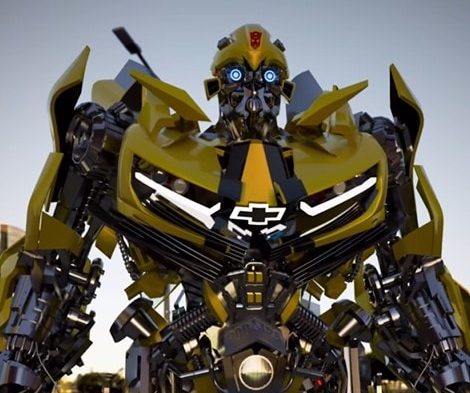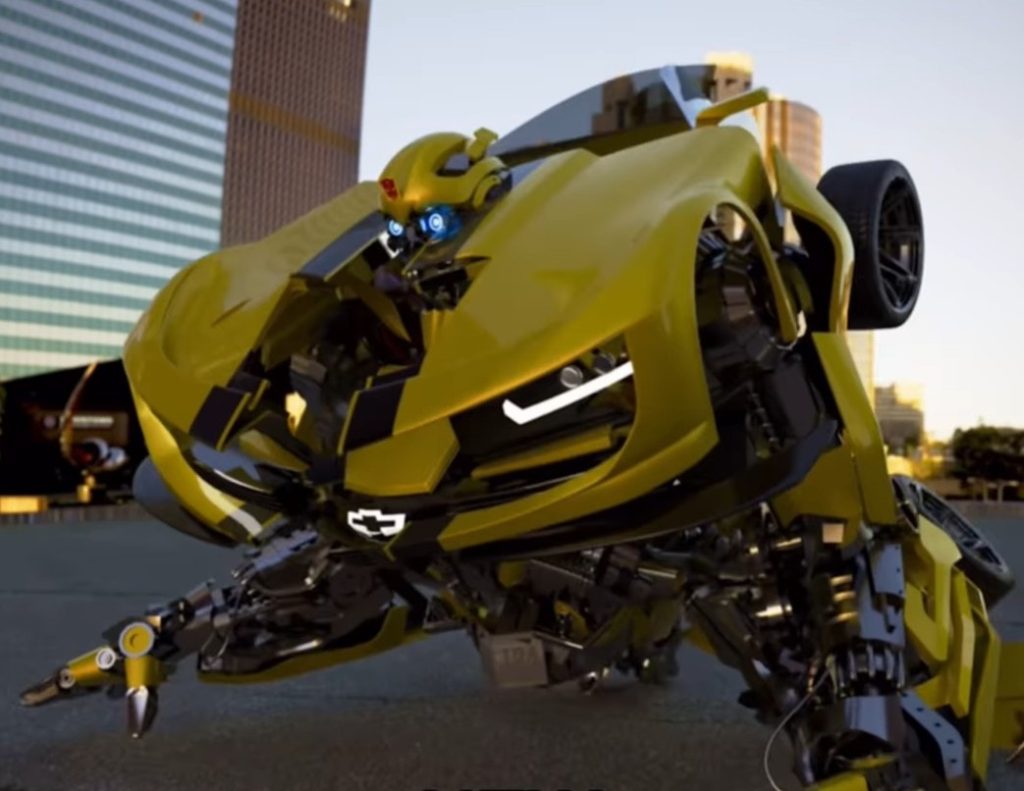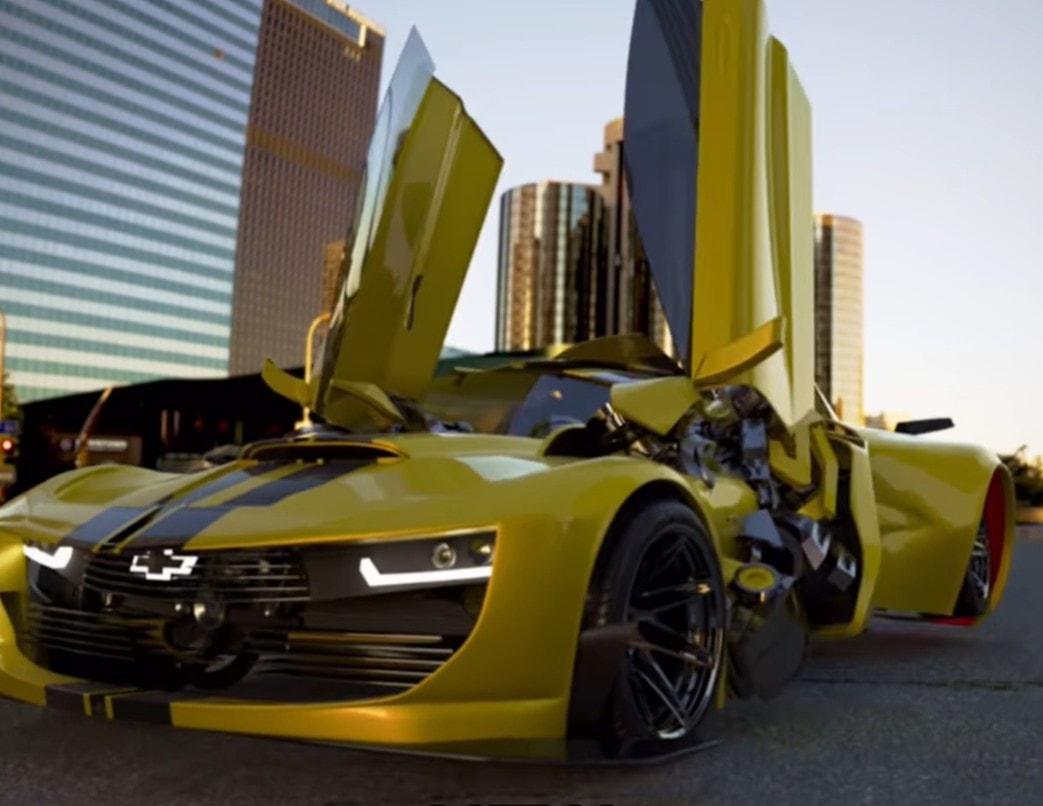The Ford Mustang has solidified its reign as the undisputed champion of the US rear-wheel drive coupe market in the first half of 2024. Benefiting from the absence of longtime rivals like the Dodge Challenger and Chevy Camaro, and with no immediate production end in sight, the seventh-generation Mustang has carved a dominant position for itself.
Ford’s sales figures reflect this dominance, with 27,444 units sold during the first two quarters of the year, marking a 7.7% increase compared to the same period in 2023.
The Mustang’s success is further amplified by the lack of compelling alternatives. While luxury options like the Audi R8 exist, their hefty price tags place them out of reach for many buyers.

Other contenders, such as the BMW 2 Series, struggle to find their footing in the segment. Meanwhile, niche sports cars like the Mazda MX-5 Miata and Toyota GR Supra cater to a more specialized audience. As a result, the Mustang stands alone as the accessible, performance-oriented rear-wheel drive coupe, capturing the hearts of enthusiasts and driving sales.
The automotive world has shifted dramatically, with unexpected contenders and surprising declines. The once-dominant Dodge Challenger, now a relic of the past, posed an unforeseen challenge, while the C8 Corvette ascended to new heights of popularity. The Camaro, a stalwart in the muscle car segment, has seen its reign dwindle, with sales plummeting to a mere 5,000 units.
Despite its discontinuation, enthusiasts can still find remaining Camaros, offering a blank canvas for personalized builds. However, the allure of transforming a Camaro into a Bumblebee-esque masterpiece remains confined to imagination.

While digital artists like Oscar Vargas have brought this fantasy to life with stunning renderings, the limitations of real-world engineering and manufacturing keep such creations out of reach.
Vargas’ virtual 2026 Camaro SS, a fusion of the sixth-generation model and the C8 Corvette, equipped with a potent ZZ632 crate engine V8, is a testament to the power of digital artistry. While this imaginary vehicle may ignite the desires of automotive enthusiasts, it serves as a reminder of the gap between digital dreams and tangible reality.

